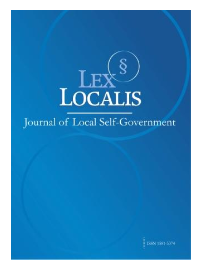UNDERSTANDING THE LOYALTY PATHWAY: HOW TRUST AND SATISFACTION SHAPE REPURCHASE INTENTIONS IN OMNICHANNEL SKINCARE SHOPPING
DOI:
https://doi.org/10.52152/qj0m5j18Keywords:
Customer loyalty; omnichannel; online trust; customer satisfaction; repurchase intention; product quality; perceived risk; e-commerce skincare.Abstract
This study aims to analyze the implementation of governance of risk management in Indonesian banks, as well as analyze the relationship between governance of risk management and systemic banking risk in Indonesia as measured through the Value at Risk (VaR) and Expected Shortfall (ES) methods. Employing a quantitative methodology, data were gathered via a survey of 233 respondents who had purchased skincare products through multiple retail channels, both online and offline. Results demonstrated that perceived product quality and perceived risk notably impacted perceived value, whereas price perception did not directly influence consumers' perceived value. Furthermore, online trust significantly enhanced customer satisfaction but did not directly affect repurchase intention. Interestingly, repurchase intention emerged as the main determinant of customer loyalty, while customer satisfaction alone did not directly contribute to loyalty. These outcomes highlight that customer loyalty relies more heavily on repurchase behaviors, which are primarily driven by trust and positive omnichannel experiences, rather than merely customer satisfaction. Understanding these key drivers enables skincare retailers to formulate strategic initiatives aimed at bolstering customer retention and competitive advantage in a highly competitive market.
Downloads
Published
Issue
Section
License
Copyright (c) 2025 Lex localis - Journal of Local Self-Government

This work is licensed under a Creative Commons Attribution-NonCommercial-NoDerivatives 4.0 International License.








